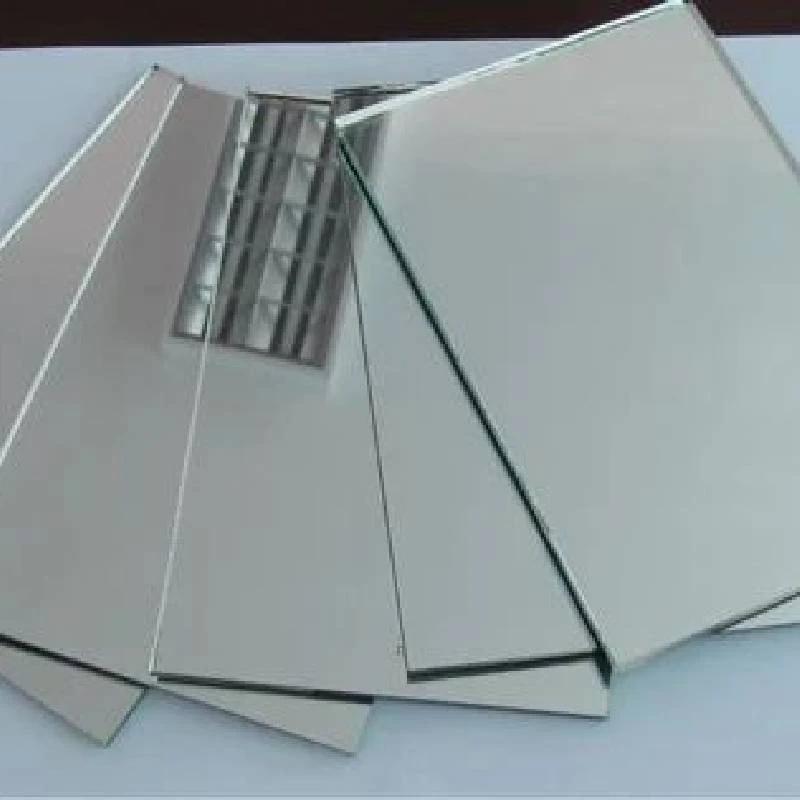

Reflective Glass in China A Beacon of Innovation and Sustainability
In recent years, reflective glass has emerged as a pivotal material in China's construction and architectural sectors, embodying a synergy of aesthetic appeal, energy efficiency, and innovative technology. This versatile material has transformed the landscape of urban environments, enabling architects and designers to push the boundaries of creativity while adhering to sustainability principles.
Reflective Glass in China A Beacon of Innovation and Sustainability
China's rapidly expanding urban centers have seen a significant increase in the application of reflective glass in skyscrapers, commercial buildings, and even residential complexes. Its use is not limited to enhancing the facade; reflective glass also plays a crucial role in improving indoor environmental quality. By regulating temperature and reducing glare, it creates more comfortable living and working conditions, making spaces more enjoyable and productive.

Moreover, the manufacturing process of reflective glass has evolved significantly in China. Advanced technologies, such as magnetron sputtering and sol-gel processes, are employed to produce high-performance reflective coatings. These innovations not only improve the functionality of the glass but also enhance its durability and aesthetic qualities. As a result, reflective glass is now available in a variety of colors and finishes, giving architects the flexibility to express their visions while maintaining the practical benefits of energy efficiency.
The proliferation of reflective glass has also been supported by government policies aimed at promoting sustainable building practices. Initiatives such as the Green Building Action Plan encourage the use of materials that optimize energy efficiency and reduce carbon footprints. As a result, architects and builders are increasingly integrating reflective glass into their designs, viewing it not only as a functional element but also as a key component of their environmental responsibility.
However, the rise of reflective glass is not without challenges. As more buildings incorporate this material, concerns regarding urban heat island effects and potential over-reflection must be addressed. Architects and urban planners are tasked with finding a balance between aesthetic appeal and ecological impact, ensuring that the benefits of reflective glass do not come at the cost of local environments.
In conclusion, reflective glass represents a significant advancement in building materials within China's architectural landscape. Its ability to blend innovation with sustainability sets a precedent for future construction practices. As cities continue to evolve, the integration of reflective glass will play a crucial role in shaping urban aesthetics while promoting energy efficiency and environmental stewardship. By navigating the challenges and leveraging the benefits, China can ensure that reflective glass remains a vital component in the pursuit of smarter, more sustainable cities.